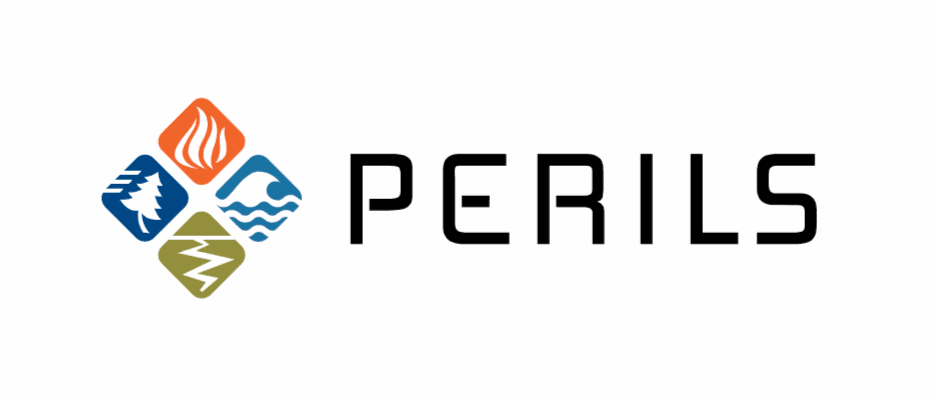PERILS launches industry loss data service in Japan

Almost three years after setting its sights on expansion into Japan, PERILS AG, the Zurich headquartered provider of catastrophe loss data and indices, has now launched its first industry loss data service there, with a focus on wind and flood loss events.
Back in September 2019, PERILS said it was targeting expansion into the Japanese market and had hired an adviser to assist it.
PERILS provides catastrophe loss data aggregation services, collecting data from certain insurance and reinsurance industry participants and reporting on losses, as well as providing an index against which catastrophe risk transfer contracts can be calibrated and that can be used as a trigger.
The company has announced this morning that it has extended its service to include exposure and event loss data for the perils of wind and flood in Japan.
Covering the Japanese non-life insurance market, PERILS said it has the support of the majority of the insurance companies operating in the sector.
It means data on the industry-wide property sums insured exposed to wind and flood perils in Japan will now be available from PERILS database.
While, PERILS will also provide industry loss data for any wind or flood events caused by atmospheric perils that generate an industry loss figure of JPY 100bn or above.
At today’s exchange rate that’s around a $735 million, or EUR 700 million, industry loss event, which is a high reporting threshold, so seemingly most suited to use in catastrophe risk transfer, reinsurance and retrocession transactions, from industry loss warranties (ILW’s) to catastrophe bonds.
PERILS will collect property sums insured data directly from the insurance industry in Japan, from which it will produce market exposure information and industry loss event data.
As well as for use in insurance-linked securities (ILS) and ILW transactions, the data can be helpful for validating catastrophe models and for other reinsurance benchmarking uses.
With the addition of Japan, PERILS now covers 21 territories: Australia, Austria, Belgium, Canada, Denmark, France, Germany, Ireland, Italy, Indonesia, Japan, Luxembourg, the Netherlands, New Zealand, Norway, Philippines, Sweden, Switzerland, Thailand, Turkey, and the United Kingdom.
Luzi Hitz, CEO of PERILS, commented on the news, “The inclusion of Japan is a major step in the evolution of PERILS. It was only possible thanks to the strong support by the insurance industry in Japan. It fully fits our mission from day one to increase data availability and transparency in the field of natural catastrophe insurance, and as a result facilitate the improved management of natural catastrophe risk.”
Takashi Goda, Senior Advisor for Japan at PERILS, added, “With this expansion, PERILS now provides industry exposure and loss data for one of the most important natural catastrophe markets from both an international risk and capital perspective. We have had very constructive dialogue with companies across the region who have helped make this process an enriching experience, and we are very grateful for their support. Whilst our initial focus is on typhoon and related risks, we aim to increase both our coverage and the number of data providers moving forward. We hope PERILS can help boost the sustainability of international Cat capacity over time and improve the modelling and management of Japanese catastrophe risks to the benefit of the industry and society as a whole.”
Lukas Wissler, Product Manager at PERILS, also said, “The launch of PERILS Japan service will contribute to a deeper understanding of the modelling and management of Japanese catastrophe risk, further enhancing the tradability of Japanese catastrophe exposure. PERILS data are well suited for ILWs and industry-loss-triggered Cat bonds. To date, PERILS has been used as a reporting agency for more than USD 20bn of Cat capacity and we are confident that our new service will help to stimulate further developments of this type of risk transfer for tropical cyclone in Japan.”






